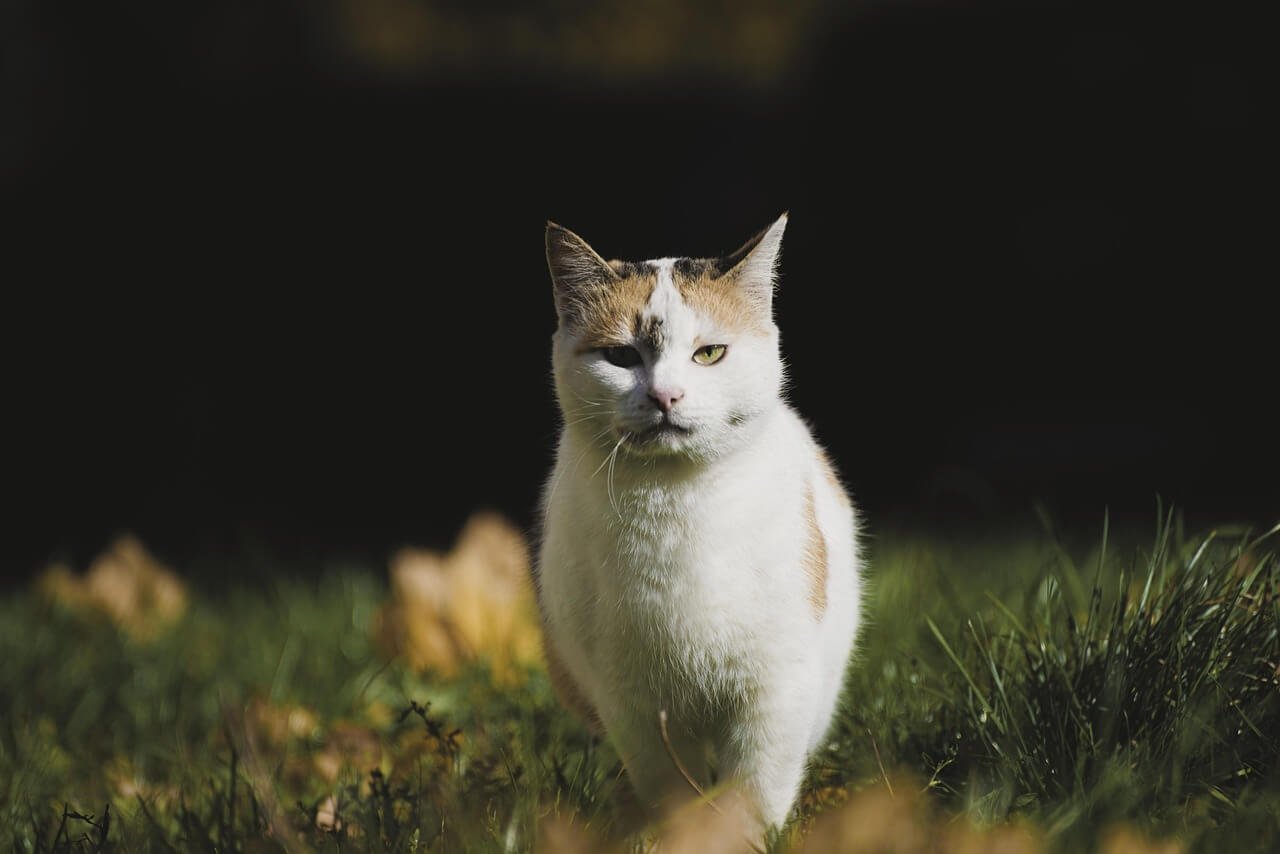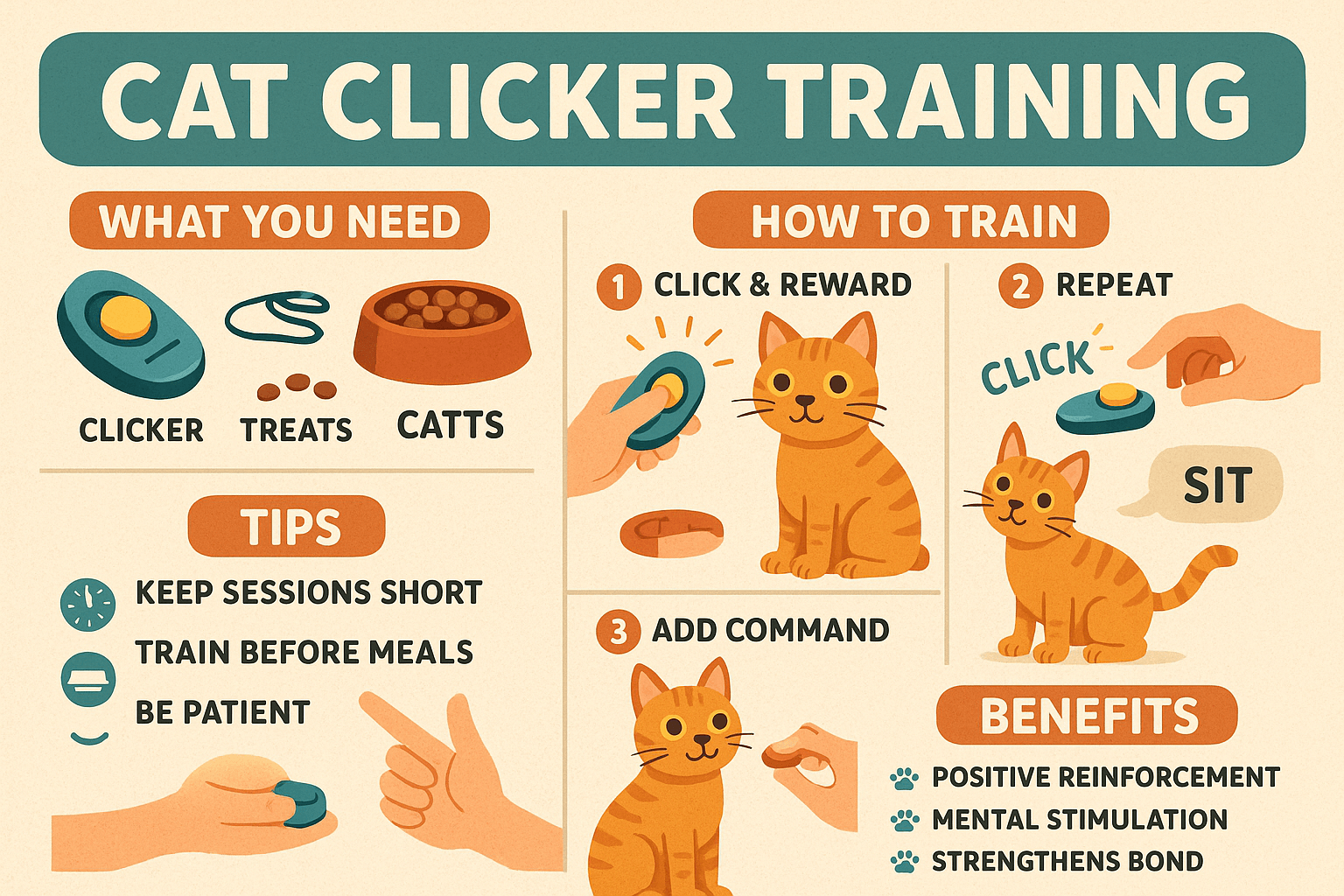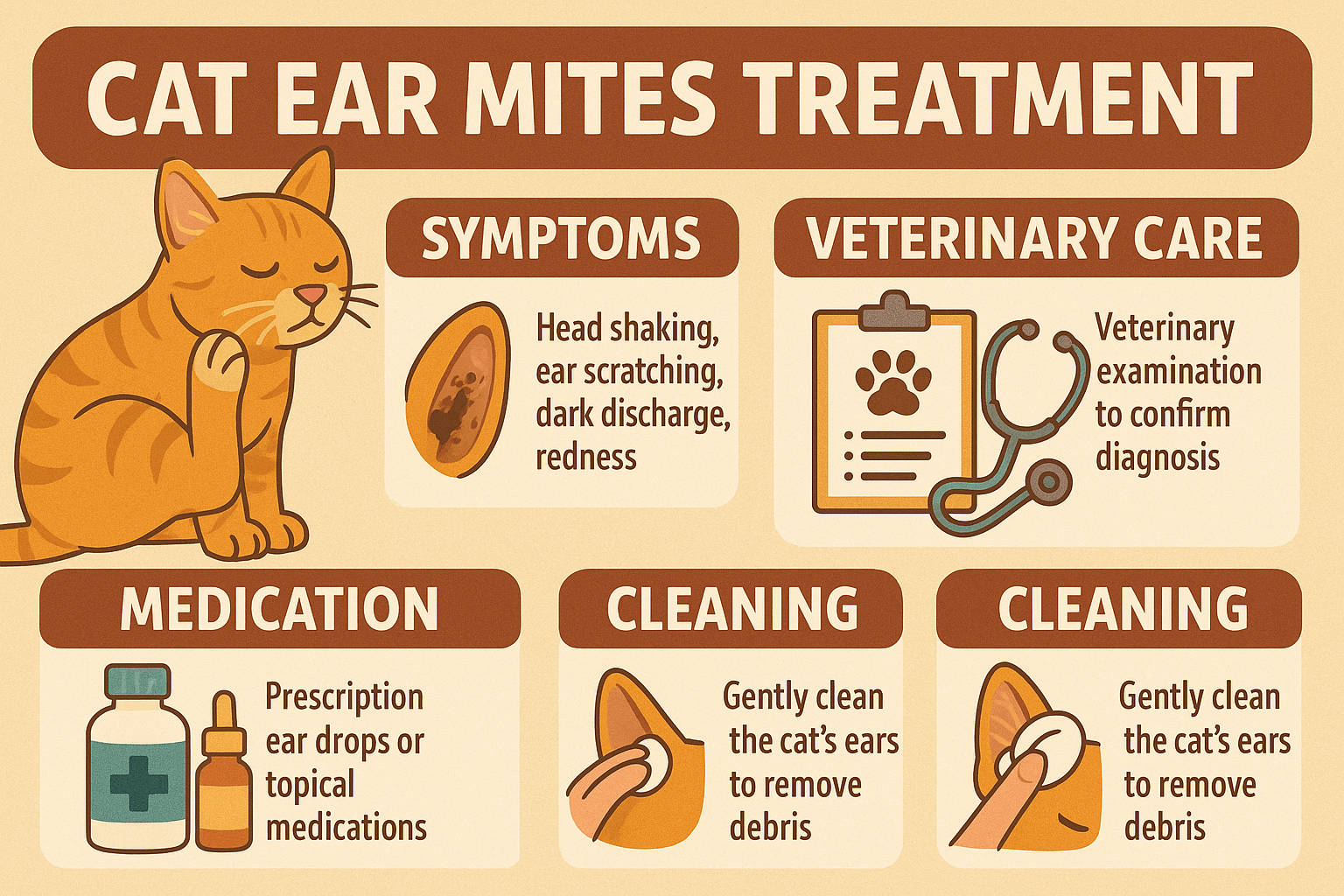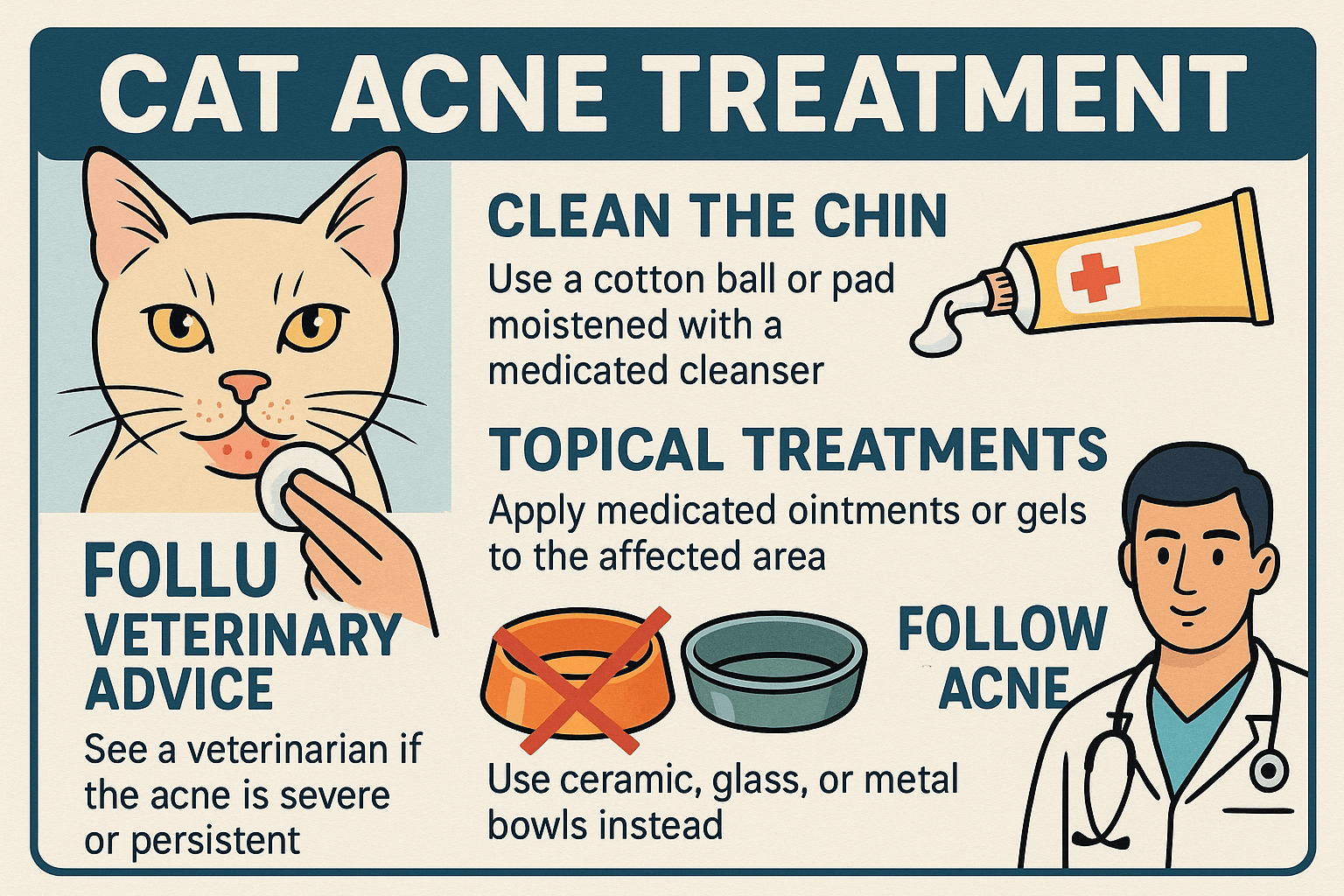Should You Pop Cat Acne? Understanding Feline Skin Health
Cat acne, also known as feline chin acne, is a common but often misunderstood condition that affects many cats. If you’ve noticed blackheads, red bumps, or crusty patches on your cat’s chin, you might be tempted to take matters into your own hands—literally. But should you pop cat acne? The short answer is no. While it may seem like an easy fix, popping or squeezing these blemishes can do more harm than good, potentially leading to infections or worsening the condition.
In this blog post, we’ll explore what causes cat acne, why you shouldn’t pop it, and how to properly care for your feline friend’s skin. Let’s dive in and ensure your cat’s chin stays as healthy and happy as possible.
Why You Should Never Pop Cat Acne
Popping cat acne might feel like a quick solution, but it’s not safe or effective. Here’s why you should avoid this practice at all costs:
Risk of Infection
Popping acne can introduce bacteria into the open wound, increasing the risk of infection and complicating the healing process.Pain and Discomfort
Squeezing or picking at acne can cause significant pain for your cat, making them anxious or defensive.Potential for Scarring
Improper handling of acne can lead to scarring, which may affect your cat’s skin long-term.Spread of Bacteria
Manipulating acne can spread bacteria to other areas of your cat’s chin or face, worsening the condition.Underlying Causes Remain Untreated
Popping acne doesn’t address the root cause of the issue, such as poor grooming habits or allergies, meaning the problem will likely persist.
Instead of attempting to pop cat acne, focus on proper cleaning and treatment methods. This approach ensures your cat’s comfort and minimizes the risk of complications.
Common Causes of Cat Acne
Understanding the causes of cat acne is crucial for preventing and managing the condition effectively. Here are some common reasons why your cat might develop acne:
Poor Hygiene
Dirt, oil, and food debris can accumulate on your cat’s chin, clogging pores and leading to acne.Plastic Food Bowls
Plastic bowls can harbor bacteria and irritate your cat’s skin, contributing to acne breakouts.Allergies
Food or environmental allergies may trigger skin reactions, including acne, in sensitive cats.Stress or Hormonal Changes
Stress or hormonal imbalances can disrupt your cat’s skin health and lead to acne.Genetic Predisposition
Some cats are simply more prone to developing acne due to their genetic makeup.
Identifying the underlying cause of your cat’s acne is the first step toward effective treatment. By addressing these factors, you can help prevent future flare-ups and keep your cat’s skin healthy.
Check this guide 👉Cat Acne on Nose: Best 7 Health Tips!
Check this guide 👉Understanding Cat Chin Mites vs Acne: Best 7 Expert Tips!
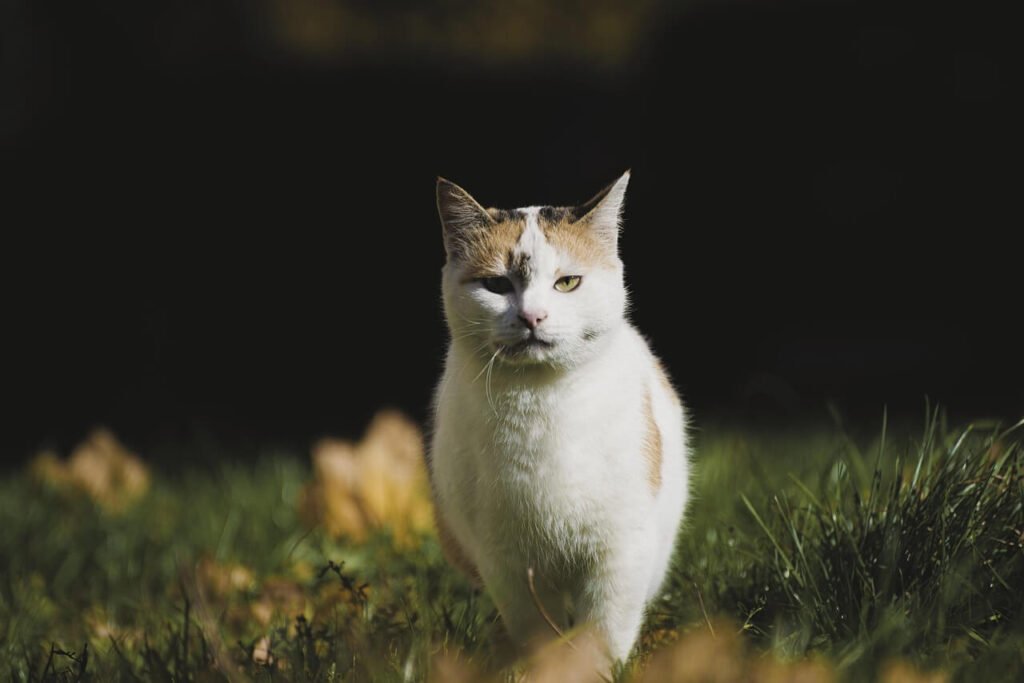
Causes of Cat Acne | How to Address It |
|---|---|
Poor hygiene | Clean your cat’s chin regularly with a damp cloth |
Plastic food bowls | Switch to stainless steel or ceramic bowls |
Allergies | Consult your vet to identify and manage allergens |
Stress or hormonal changes | Provide a calm environment and consult your vet if needed |
Genetic predisposition | Monitor skin health closely and treat flare-ups promptly |
Safe Ways to Treat Cat Acne at Home
If your cat has acne, there are several safe and effective ways to treat it at home. Here are some steps you can take to help clear up their skin:
Gentle Cleaning
Use a warm, damp cloth or cotton pad to gently clean your cat’s chin daily, removing dirt and oil buildup.Antiseptic Wipes
Veterinarian-recommended antiseptic wipes can help disinfect the affected area without irritating your cat’s skin.Medicated Shampoos or Gels
Products containing benzoyl peroxide or chlorhexidine can reduce acne and prevent further breakouts when used as directed.Switch to Stainless Steel Bowls
Replacing plastic bowls with stainless steel or ceramic ones reduces bacterial growth and irritation.Monitor Diet and Nutrition
Ensure your cat’s diet is balanced and free from potential allergens that could trigger skin issues.
These methods are gentle yet effective, promoting healing without causing discomfort. Always consult your vet before starting any new treatment regimen.
Signs That Your Cat’s Acne Requires Veterinary Attention
While mild cases of cat acne can often be managed at home, some situations warrant a trip to the vet. Here are signs that professional intervention may be necessary:
Persistent or Severe Breakouts
If your cat’s acne doesn’t improve after a few weeks of home care, it’s time to seek veterinary advice.Swelling or Redness
Significant swelling, redness, or warmth around the affected area may indicate an infection.Pus or Oozing Lesions
Open sores or discharge suggest a more serious condition requiring medical treatment.Behavioral Changes
If your cat seems unusually lethargic, irritable, or uninterested in eating, it could signal an underlying issue.Hair Loss Around the Chin
Hair loss or excessive scratching near the chin area may point to a deeper dermatological problem.
Don’t hesitate to contact your veterinarian if you notice any of these symptoms. Early intervention can prevent complications and ensure your cat receives the care they need.
Common Misconceptions About Cat Acne
There are several misconceptions about cat acne that can lead to improper care or unnecessary worry. Clearing up these myths can help you better understand and manage the condition. Here are some common misunderstandings:
Myth: Cat acne is caused by poor grooming habits.
While hygiene plays a role, even well-groomed cats can develop acne due to factors like allergies or genetics.Myth: Cat acne doesn’t need treatment—it will go away on its own.
Without proper care, acne can worsen, leading to infections or chronic skin issues.Myth: Human acne treatments are safe for cats.
Products designed for humans often contain ingredients that are harmful to cats’ sensitive skin.Myth: Cat acne only affects older cats.
Cats of any age can develop acne, though it’s more common in adult cats.Myth: Plastic bowls cause all cases of cat acne.
While plastic bowls can contribute to acne, other factors like diet or stress may also play a role.
Understanding these facts ensures you approach cat acne with the right knowledge and avoid ineffective or harmful practices.
Fun Facts About Feline Skin Health
Feline skin is fascinating and has unique characteristics that make it different from human skin. Here are some fun facts about your cat’s skin and how it relates to conditions like acne:
Cats Have Fewer Sweat Glands
Unlike humans, cats primarily sweat through their paw pads, which means their skin relies on other methods to stay clean.Blackheads Are Common in Cats
The black dots you see on your cat’s chin are similar to human blackheads but require different care.Cat Skin Heals Differently
Cats’ skin heals faster than humans’, but improper care can still lead to scarring or infections.Diet Affects Skin Health
A balanced diet rich in omega-3 fatty acids can improve your cat’s skin and coat health.Stress Can Show on Their Skin
Just like in humans, stress can manifest as skin issues, including acne, in cats.
These fun facts highlight the complexity of feline skin and why it’s important to treat conditions like acne with care and attention.
Tips for Preventing Future Acne Breakouts
Prevention is key to keeping your cat’s skin healthy and minimizing the risk of future acne flare-ups. Here are some practical tips to help prevent cat acne:
Clean Food Bowls Regularly
Wash your cat’s food and water bowls daily to prevent bacteria buildup.Use Non-Porous Materials
Switch to stainless steel, glass, or ceramic bowls instead of plastic to reduce irritation.Avoid Overfeeding Wet Food
Excess wet food residue on the chin can clog pores; wipe your cat’s face after meals if needed.Brush Your Cat Regularly
Regular grooming removes dirt and oils that could contribute to acne.Monitor for Allergies
Keep an eye out for signs of food or environmental allergies that might affect your cat’s skin.
By incorporating these preventive measures into your routine, you can reduce the likelihood of acne returning and keep your cat’s skin in top condition. Proactive care goes a long way in maintaining your cat’s overall health and happiness.
Frequently Asked Questions About Cat Acne
Is cat acne contagious to other pets?
No, cat acne is not contagious and cannot be passed to other animals or humans.
Can I use human acne products on my cat?
No, human acne products can be too harsh for cats and may irritate their sensitive skin.
How often should I clean my cat’s chin?
Cleaning your cat’s chin once daily is usually sufficient, but adjust based on the severity of the acne.
Will cat acne go away on its own?
Mild cases may resolve with proper hygiene, but persistent acne requires treatment to prevent worsening.
Can stress cause cat acne?
Yes, stress can weaken your cat’s immune system and contribute to skin issues like acne.
Supporting Your Cat Through Acne: A Gentle Approach
Cat acne is a manageable condition that doesn’t have to disrupt your feline friend’s life. While it might be tempting to pop those pesky blemishes, doing so can lead to complications and unnecessary pain for your cat. Instead, focus on gentle cleaning, switching to safer feeding practices, and monitoring for signs of improvement or worsening. With patience and care, most cases of cat acne can be resolved or kept under control. Remember, your veterinarian is always there to guide you through more severe cases.
By staying proactive and attentive, you can ensure your cat’s chin remains soft, clean, and healthy. After all, a happy cat means a happy home!
Cat Clicker Training: Best 7 Expert Tips! Discover how to train your cat using clicker techniques, improve behavior, and strengthen your bond with simple, effective strategies.
Lorem ipsum dolor sit amet, consectetur adipiscing elit. Ut elit tellus, luctus nec ullamcorper mattis, pulvinar dapibus leo.
Cat Ear Mites Treatment: Best 7 Expert Tips! Discover effective solutions to treat and prevent ear mites in cats, ensuring your pet's comfort and health with expert advice.
Cat Acne Treatment: Best 7 Expert Tips! Discover effective remedies, prevention strategies, and expert advice to treat and manage feline acne for a healthier, happier cat.

